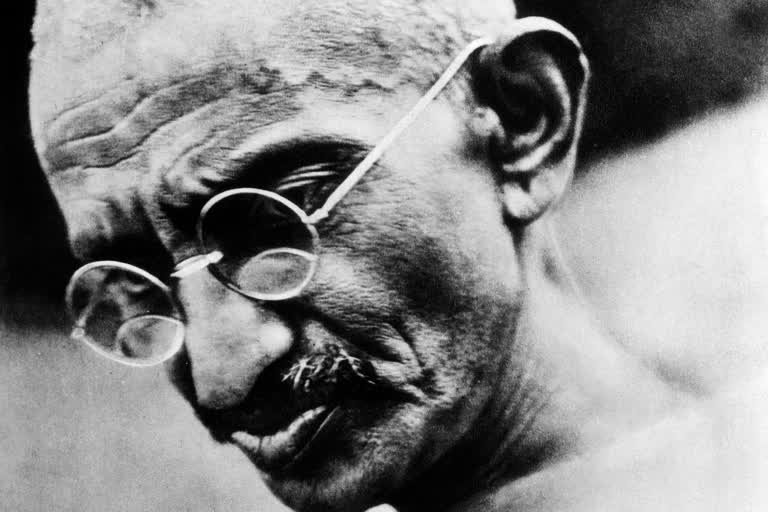Hyderabad:By his own admission, Mohandas Karamchand Gandhi was initially an average student and a clumsy communicator. If he bloomed into an intellectual giant and a fearless communicator he must have refined himself from within and steeled his mind to deal with challenges to practice the craft in alien conditions.
At 21, when he was studying law in London, he first wrote nine articles for 'The Vegetarian,' an English weekly, on vegetarianism, Indian food habits, customs and religious festivals. His earliest writings show his capacity for expressing any idea in a simple direct language. He never wrote anything only to impress and carefully avoided exaggeration.
He aimed to serve the truth and to educate people. On the third day of his arrival in South Africa, he was insulted in a court of law. He published an account of this incident in a local paper and gained publicity overnight. Let us also spare a thought for the media of those times where such letters could be carried. Apartheid was there but so was a certain amount of press freedom.
When his political career in South Africa started in 1893 (at the age of 24) he wrote letters to the editors of the South African newspapers and also of some newspapers in India.
That brought him in touch with the Editor of Indian Review in Madras, G V Natesan, who went on to become a long-time close friend. After a few months in South Africa in 1893, Gandhi realised the vital qualities to become a journalist to fight for the rights of the Indian community. He showed courage in the face of adversity, adherence to truth, the pursuit of public causes, and objectivity in presentation.
It was all reflected in his letters, representations and memorials to the government and to the leading newspapers of his time. He did that as a young man in a system where the laws were loaded against a large majority of the nation.
An example can be seen from his letter dated 25 October, 1894 to the Times of Natal, which had carried a contemptuously worded editorial titled 'Rammy sammy'.
Gandhi wrote: "You would not allow the Indian or the native the precious privilege (of voting) under any circumstances, because they have dark skin. You would look at the exterior only. So long as the skin is white it would not matter to you whether it conceals beneath it poison or nectar. To you the lip-prayer of the Pharisee, because he is one, is more acceptable than the sincere repentance of the publican, and this, I presume, you would call Christianity. You may; it is not Christ's. Sir, may I venture to offer a suggestion? Will you re-read your New Testament? Will you ponder over your attitude towards the coloured population of the Colony? Will you then say you can reconcile it with the Bible teachings or the best British traditions? If you have washed your hands clean of both Christ and the British tradition, I can have nothing to say; I gladly withdraw what I have written. Only, it will then be a sad day for British and for India if you have many followers."
With the advantage of hindsight, we can see that the Gandhian means of non-violent resistance eventually inspired persons like Nelson Mandela. The classic example of Gandhian thought being assimilated in the right spirit is seen in Mandela’s disapproval of all calls for reverse apartheid. South Africa didn’t deify Gandhi in the post-apartheid years, but it has absorbed his message completely.
That is where we have to learn our lesson from. We have seen editors like Ajit Bhattacharjee, Sri Moolgaonkar, B G Verghese and V K Narasimhan who withstood the persecution along with newspaper barons like Ramnath Goenka who was epitome of courage during the Emergency.
Writings of Gandhiji, not only as a politician but also as a journalist, starting from 1903 till his assassination on 30 January, 1948 carried the weight of over 300 million people’s aspirations.
These are real testing times for the Gandhian conviction in journalism. Instead of bowing to the icon that we have made of him we need to grasp his message. That would be a fitting homage to him during his 150th birth anniversary year.
Read: Kausani Anasakti Ashram: The place where Bapu inscripted 'Anashaktiyog'
